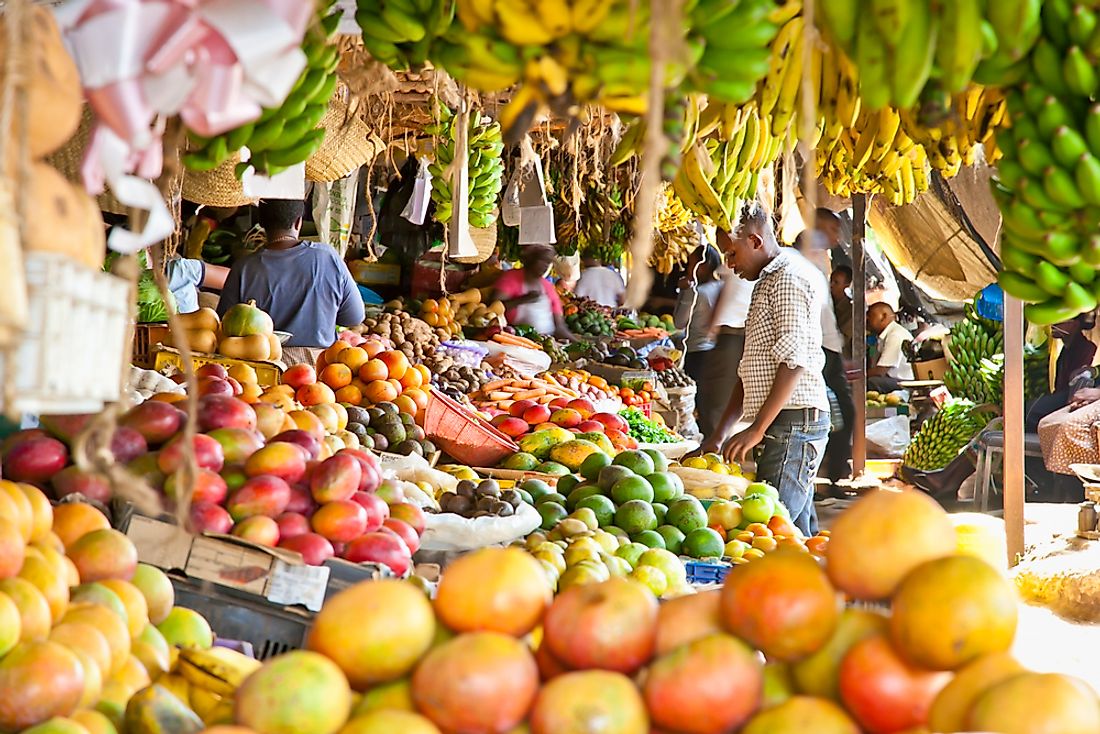The Kenyan People - Cultures around the World

5. Description
Kenya is located in East Africa. Home to one of the world's earliest civilizations, these peoples developed into what have today become known as the Kenyan people. This is a multi-plural grouping encompassing numerous languages, religious beliefs, and ethnicities, many of whom have lived in the area for thousands of years. Surrounded by five different developing countries and a small bit of ocean, Kenya doesn’t have the best geographical location today in terms of economic logistics. However, many years ago Kenya flourished with animals and tropical grasslands. The first people to make an appearance in Kenya were the Cushitic-speaking tribes that migrated into the region from Ethiopia around 2000 BC. These tribes settled in the area and dominated it for many years. During this time, neighboring tribes often went to war with each other because of territorial disputes and other disagreements. During around the 900s AD, Arab merchants arrived in the East of Africa to establish trade centers. During this time, Arab settlers also converted many Kenyans to Islam. Despite the Arab influence, today the dominate languages are Bantu, Swahili, and English.
4. Architecture
Traditional housing in East Africa was very diverse, and included around ten major housing styles which were recognizably distinct from one another. The most popular of these were the "domical" (or "beehive"), the "cone on cylinder", and the "mud cylinder". Early Kenyan architects used a variety of materials that could be sourced via trade from different parts of the continent. For instance, North Africa provided stones and rammed earth, the Horn of Africa was used to source drystone and mortar, and Central Africa produced the majority of wood. Today, modern architecture akin to that in the West and the Middle East has increasingly replaced many of these housing styles in major cites. However, due to lack of resources and the poverty of the country, many still live in these traditionally styled homes today, especially in outlying rural areas.
3. Cuisine
In many countries around the world, the use of rice, bread, corn, or other grains is used a staple for their meals, due to these starches' relative affordability and dense energy content. In Kenya, the popular Ugali is a cornmeal-based staple that is considered an integral part of most meals in the Kenyan region. Along with this, whole corn, beans, and potato are widely used as well. For protein, milk, goat, beef, and chicken is used, as well as seafood from the Indian Ocean. Kenyan cuisine changed drastically when the Portuguese arrived in 1496, who brought with them many different starches, spices, and fruits from the newly discovered Brazil. Namely, the Portuguese introduced maize, bananas, pineapple, chillies, peppers, and sweet potatoes to Kenya, with many of these still being widely grown there today. Kenyans are known for their love for tea which they garnered from their time as a British colony. The tea is normally enhanced with a bit of whole milk and a liberal dousing of sugar.
2. Cultural Significance
The Rift Valley of Kenya and adjacent areas have such a colorful history that spans such a long time, their peoples are considered to be descendants of one of the first important civilizations to appear on Earth. They migrated from Ethiopia and settled in Kenya due to its location being close to the ocean. Kenya also had one of the first global trading posts ever established in Africa in AD 500, when they began to trade with the Greeks, Romans, and East Indies. Today, Kenyan music and literature alike are loved for their mix of the traditional and the modern, and Kenyans have a love for cricket, association football (soccer), rugby union, and boxing. Kenyans, especially those from the Kalenjin tribe, are considered to be the most prolific middle- and long-distance runners in the world. Kenyan men and women alike are regularly seen approaching and setting World Records from every event from 800 meters to the marathon, and are commonly found upon the podium for the same events in the African Championships, Commonwealth Games, World Championships, and Olympic Games.
1. Threats
Many wars broke over the course of the long period of colonization of Kenya by the English, Portuguese, and Arabs alike. In recent years, Kenya has been the host for various terrorist attacks. In 1980, a series of attacks began against the Jewish population in Kenya and their affiliates. A Jewish-owned hotel was first attacked in 1980, which proceeded an attack against the US Embassy in Nairobi, and was then followed by another hotel attack by the Israeli-owned Paradise Hotel in 2002. Collectively, the Kenyan, American, and Israeli governments responded to these attacks and the conflicts have been thus largely resolved. Today, the most imminent threat in Kenya is their poverty level, which was recorded as 45.9% as of 2015. With so many of their population falling below the poverty line, the average life expectancy is also below global averages at 61 years, though this is still much higher than many other African nations. Pushes for better education infrastructure and foreign diplomacy are at the forefront of efforts to improve the Kenyan economic situation. Moving forward, the country will likely have to increasingly address violent disagreements between ethnic groups and Christians and Muslims, as well as meeting the needs of a still rapidly growing population.







